Macromolecular Materials and Engineering has published a new special issue on functional nanofibers, guest-edited by Il-Doo Kim.
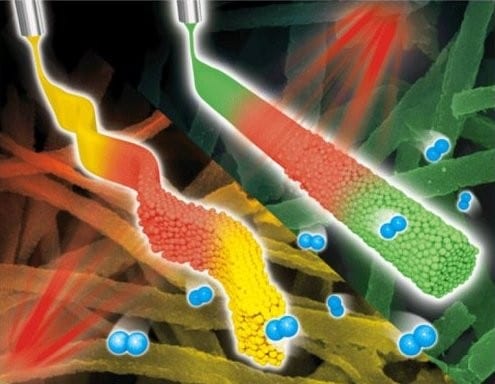

Macromolecular Materials and Engineering has published a new special issue on functional nanofibers, guest-edited by Il-Doo Kim.
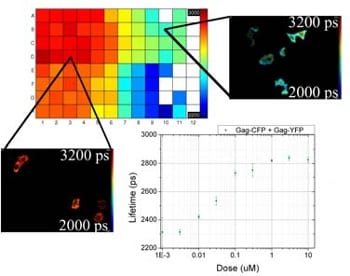
A new automated fluorescence lifetime imaging plate reader has been used to study aggregation of HIV-1 Gag proteins.
Paul O’Brien’s research centres on developing new chemical processes for thin films and nanoparticles, especially of chalcogenide-containing materials.

A group of scientists show a low cost route to manufacture high quality aluminum foam.
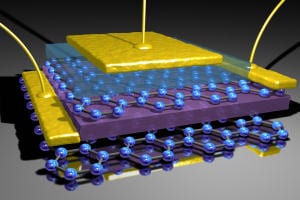
Device is capable of revolutionising technologies for medical imaging and security screening.
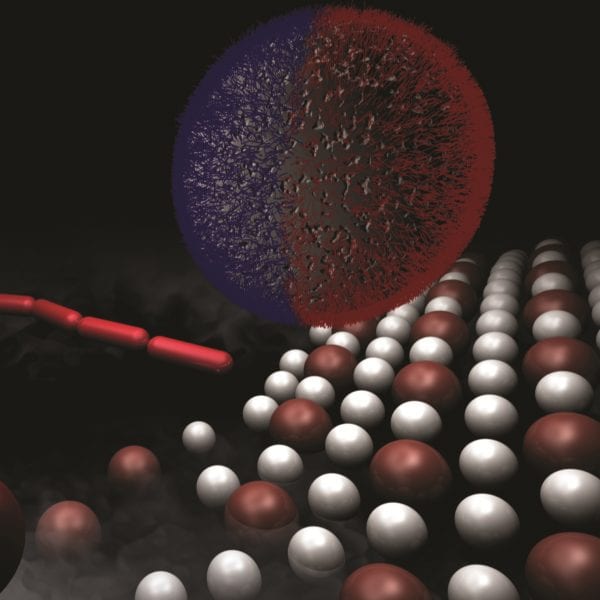
Patchy particles, and Janus particles in particular, already have such broad application potential that it’s hard to believe they are a relatively young concept to nanoscience.

Martin Green from UNSW, a pioneer in solar photovoltaic science and engineering, has been elected into the prestigious Fellowship of the Royal Society.
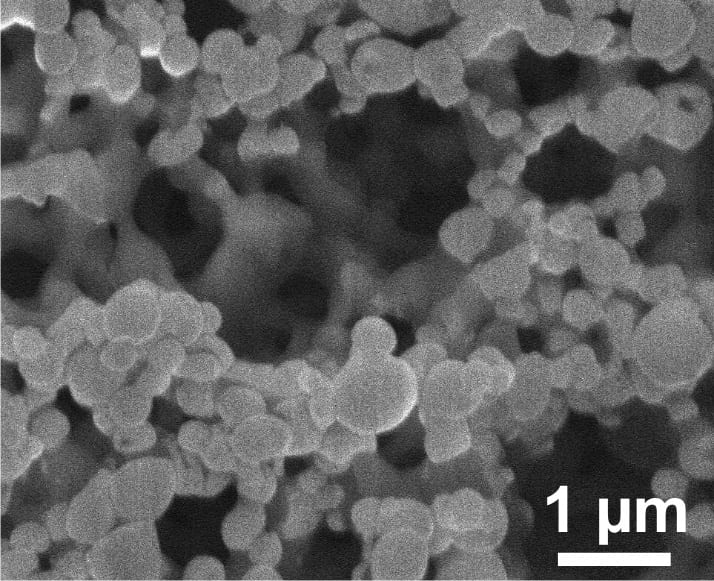
Researchers have developed a network of nanoscale particles that can be injected into the body and release insulin when blood-sugar levels rise.
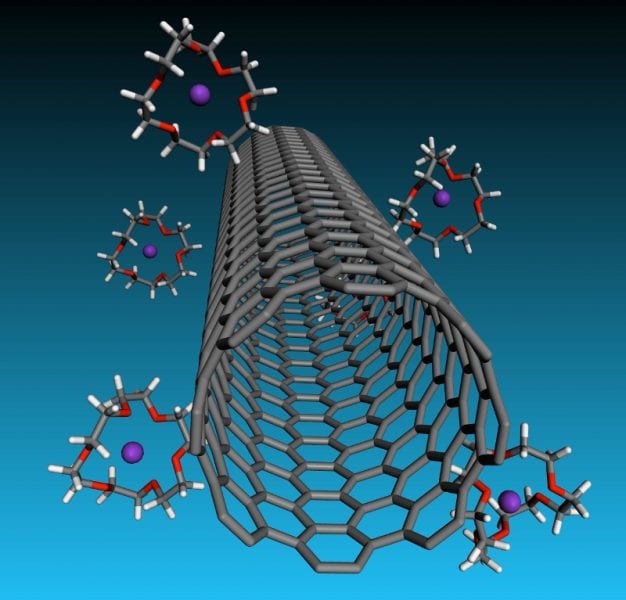
Rice University strategy turns negatively charged carbon nanotubes into liquid crystals that could enhance the creation of fibers and films.
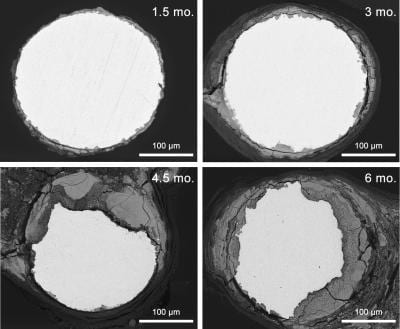
Some materials dissolve too quickly in the body, and some hang around forever — zinc, however, may be just right.